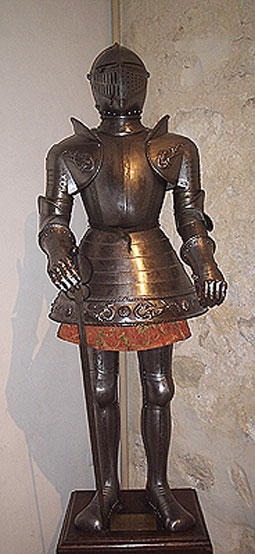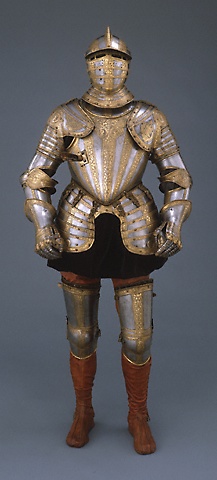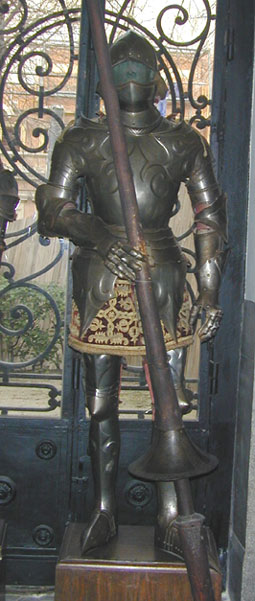| Quote: |
| BTW, the painting of the "Battle of Alexander" that Gordon linked to was probably meant to represent the battle of Issus. Sometimes it gets me wondering about what might have happened if Alexander's troops had really worn all those 16th-century armors! |
Conquered the world maybe?
I was told that the Italians were the first who used the cloth bases skirt worn over armour in XV century, and their men at arms continued doing so during the XVI century. Does someone knows about the veracity of this fact?
I thought that French Gendarmes were the only one who used that kind of clothes, but it seems that Italian men-at-arms looked very similar to French Gendarmes. (And English ones too)
Thanks.



